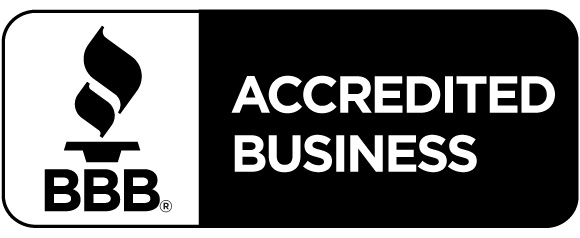
With a distributed antenna system (DAS), facilities have the potential to eliminate poor reception problems within all corners of their site. Once the equipment is set up, it essentially functions as a comprehensive in-building wireless solution. The systems utilize a series of relatively small antennas that work to repeat the cellular signals that aren’t able to effectively cover the service needs of the people in the building.
When Regular Network Coverage Isn’t Enough
There are many reasons why DAS deployment can be a smart call for organizations. After all, investing in new DAS equipment isn’t just beneficial for business communications—it can also be critical for site visitors and personal calls too!
Inconsistent Wi-Fi connections can cause problems with teleconference meetings, online work, and cell phone activity. But rather than jump to conclusions and blame the carrier for poor network coverage, it’s often worth considering another scenario. The building’s construction material might be the real culprit; and you might be able to establish a long-term solution on your own. With the right DAS equipment, you could get rid of the problem for good.
The chance of dropped calls can be dramatically reduced with a distributed antenna system because the equipment allows cellular and radio frequency signals into the building that may have been bouncing off in the past. That means no more wandering around to avoid those “dead spots” inside the building where your phone calls always seem to fail. Even better, DAS solutions will often significantly improve your download and upload speeds. The real value of DAS deployment, though, ultimately comes down to designing a custom system.
Distributed Antenna System (DAS) Equipment
A robust DAS solution can be particularly beneficial for healthcare facilities, college campuses, sports stadiums, and the same goes for other sites that regularly have a high-occupancy. Whenever you need to support hundreds, or even thousands, of devices at the same time, upgrading to a custom DAS install can help everyone have reliable coverage. you only need the right equipment in place.
In general, your DAS equipment architecture will have two main components. The first is the “signal source.” The second part of the system is responsible for the “signal distribution” with a series of antennas.
The source receives the initial signals from the mobile carriers’ signals and also sends signals back to the carriers. There are three types of signal sources for DAS: off-air antennas, on-site base transceiver stations (BTS), and small cells. You might also refer to your options in terms of passive DAS, passive DAS, and hybrid DAS. Each type of setup has its own pros and cons, but it’s only really possible to determine the best fit for your application with a site evaluation.
Ready to Design Your Custom Solution?
Enhanced Telecommunications and Data works with organizations of all sizes to design solutions for their staff and guests to get the best possible connections and service for all of their telecomm needs. Whether you're looking to improve your cell signals with a simple signal booster or an entire DAS network, our techs can help.
We’re conveniently located in Boise and partner with clients across the state of Idaho and into Eastern Oregon. If you’re ready to assess your project scope, just send us a message to learn more!



